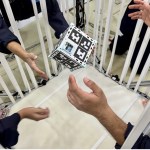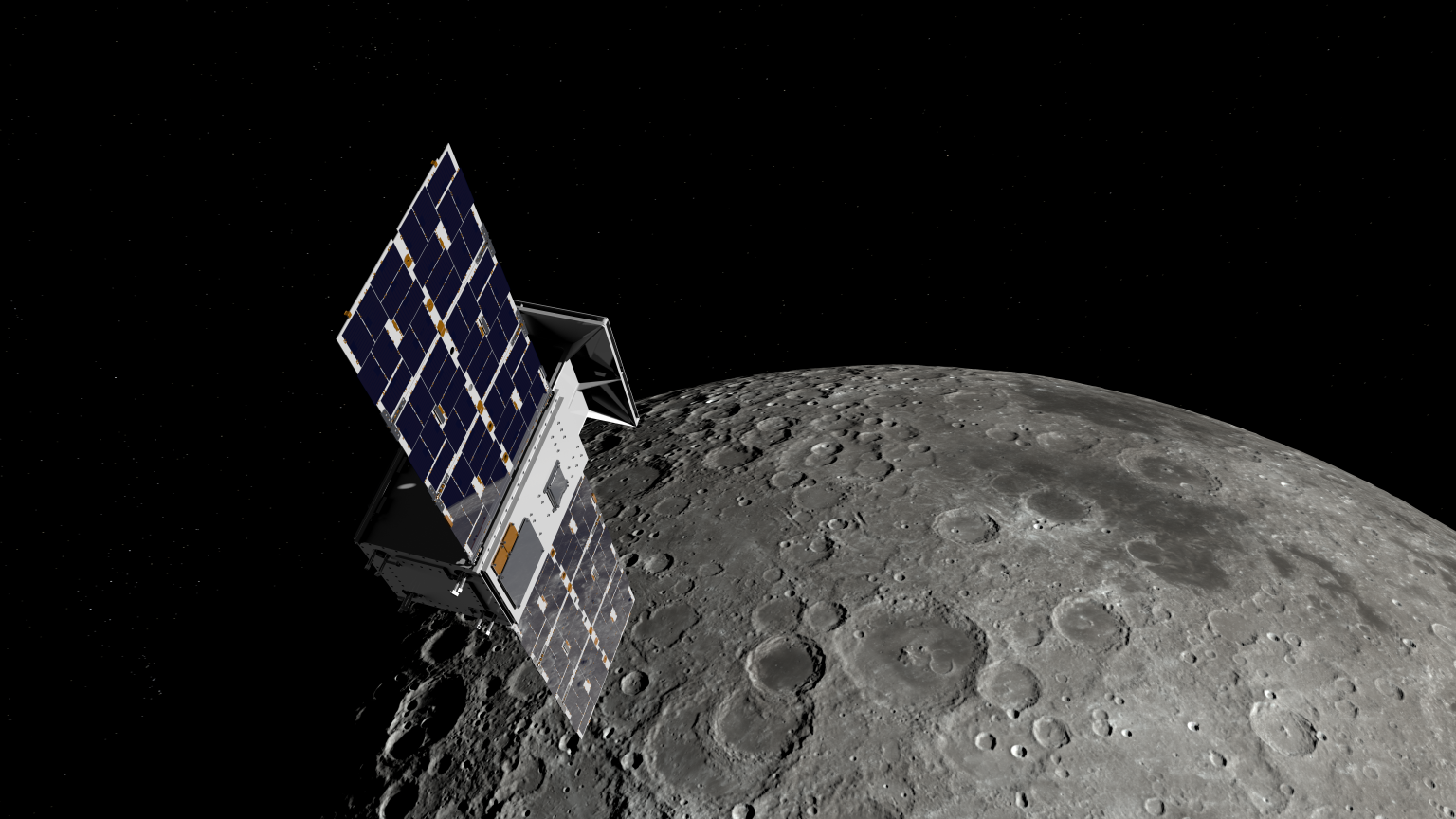FLIGHT OPPORTUNITIES COMMUNITY OF PRACTICE WEBINAR:
Suborbital Flight for Advancing In-Space Manufacturing Technology
Speakers:
- Hantang Qin, Ph.D., Iowa State University/University of Wisconsin-Madison
- Curtis Hill, Senior Materials Engineer, NASA’s Marshall Space Flight Center
June 1, 2022
Abstract
In-space manufacturing is a critical capability for the commercialization of low-Earth orbit and for supporting extended human presence in deep space. Join Dr. Hantang Qin from Iowa State University and Curtis Hill, senior materials engineer at NASA’s Marshall Space Flight Center, to discuss recent testing and future applications of an electro-hydrodynamic (EHD) additive manufacturing process for printing electronic circuits in microgravity. Together they will share lessons learned from their recent parabolic flight tests and discuss how testing in suborbital environments helps accelerate the maturation of advance important technologies in this area.
Download the slides
Speaker bios
Dr. Hantang Qin’s expertise covers in-space manufacturing, electrohydrodynamics, micro/nano 3D printing, advanced manufacturing for flexible electronics, biomedical applications, system design, control, and optimization. He recently has been working on engineering education via virtual reality pedagogy to train next-generation engineers. Dr. Qin holds one U.S. patent, has published over 30 journal articles, and has been sponsored by NASA, NSF, U.S. Army Corps of Engineers, Department of Energy – REMADE Institute, U.S. Army Research Laboratory – FlexTech Institute, ASNT, Iowa Economic Development, Iowa Department of Transportation, Iowa State University College of Engineering, and industry collaborators. He received his Ph.D. in Industrial Engineering at North Carolina State University in 2016.
Mr. Curtis Hill is the project lead for the On Demand Manufacturing Electronics Project as part of NASA’s development of In Space Manufacturing (ISM) applications. Curtis has developed a number of advanced functional materials and processes for NASA, with numerous awarded and pending patents. His research has included the development of high-performance dielectric materials for ultracapacitors and supercapacitors for energy storage and battery replacement, as well as for printed ultracapacitors. He is responsible for leading the development of printed electronics capability on the International Space Station and beyond. His current work for In Space Manufacturing includes the development and implementation of a new range of passive sensing technologies for wireless sensing for astronaut crew health.

































